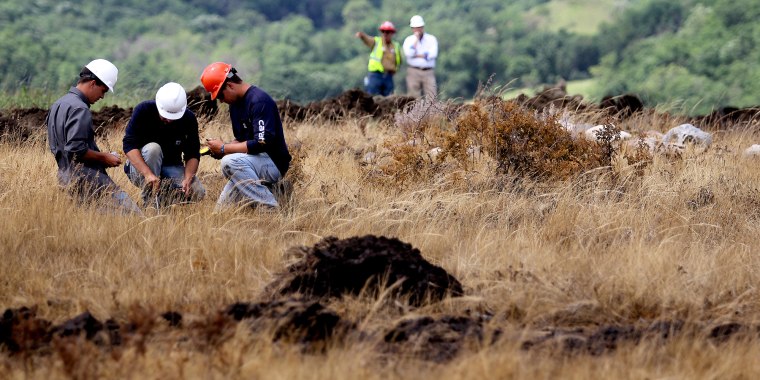In any case, though, a part of our revolution here must be to rethink how we do power generation from not only the standpoint of a standardized fuel, but also from the standpoint that all considerations of "cost" must be thrown out the airlock. We won't even be able to save the planet, much less transmit power more effectively, if we do not first recognize that doing anything major, from this point on, cannot even be seriously begun to be discussed, unless you first accept that old considerations of a cost based economy must be thrown out as well.
The only way we're going to be able to tackle not only clean energy, but saving the planet, will be by coming up with a way to do an "effort" based economy. And the one that I have been attempting to describe in my postings here, and on my original Old Softy Concerns web site, is the only alternative in existence now that I am aware of. And unless a better one shows up pretty quickly I'm afraid this is as good as its going to get for us.
All of that being said, the next thing you would ask is: OK. So what standardized fuel are you talking about here? And naturally I think the standard should be hydrogen, produced in vast new quantities as a cryogenic liquid, via the primary reliance on sea based Yen Tornado Turbines; turbines that, with my embellishments to a sea based design approach, could produce at least a gigawatt each.
The next question then becomes logistics which I've already covered in my repeated emphasis on "Critical Social Logistics." Which is why I came up with the idea of Hybrid Dirigible Blimps that can be linked together to form airborne trains. And now that I've also refined that system to solve the loading/unloading problem, without needing airports (swarms of singular, self guided lifting fans would become the work tugs of this approach; lifting fans that would connect to standard connection sockets on all new airborne cargo containers). As such, all you would need is a few dozen square acres of land for lifting fan maintenance, and temporary container storage -- the lifting fans might direct deliver in many cases, as well as a road to freeway interface, so as to allow for direct placement on ground delivery vehicles where necessary. The trains themselves, then, would just orbit over unpopulated areas so as to lessen noise impact.
From that point on the question becomes, just how much more centralized electricity production do we need? You have to ask that question because you also want to be clear on why you think you still need large networks of high tension transmission wires, when you are already maintaining a vast network of roads and freeways. And since extreme weather will become a fact of life, for as long as we can keep that fact going, while we get the CO2 (and whatever else) out of the atmosphere, we will not want to be constantly rebuilding these expensive networks. Why not instead just deliver cryogenic hydrogen to fuel cells, via robotic vehicles (which we could also do a lot better with if we rethought a standard way to do it), to as granular a form of ultimate usage as makes practical sense. Maybe even to each home, and community production, or service, site.
This is not to say that you would necessarily want to do without transmission wires completely, but only that you might use them sparingly as intra community interlinking; with the communities also then having combinations of battery stations, larger community fuel cells, and local solar panels, to help fill in with for redundancy. That way, the communities, as nodes, might provide their own regional systems of interlinking, community to community; thereby providing regional sharing to some degree.
Just more to think about. And I can only hope you've made the commitment to that thinking on a regular basis now.
We’ve been talking about a national grid for years. It might be time to do it
See Also:

Tyler Bell / AP
SALTING THE EARTH
North Dakota farmers struggle with a toxic byproduct of the oil boom
As oil production breaks records, farmers worry the industry won't keep up with its poisonous byproduct: saltwater spills.


No comments:
Post a Comment